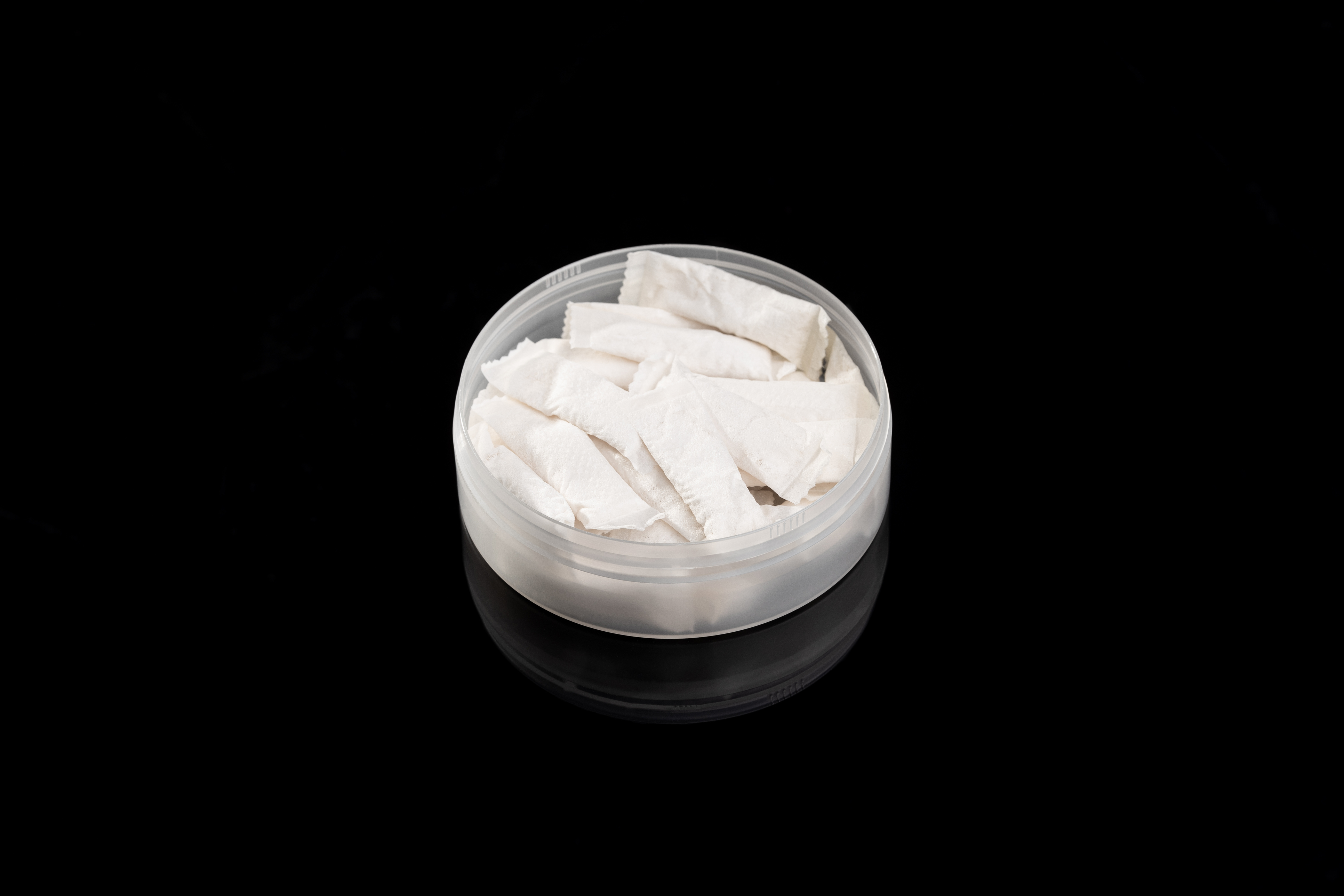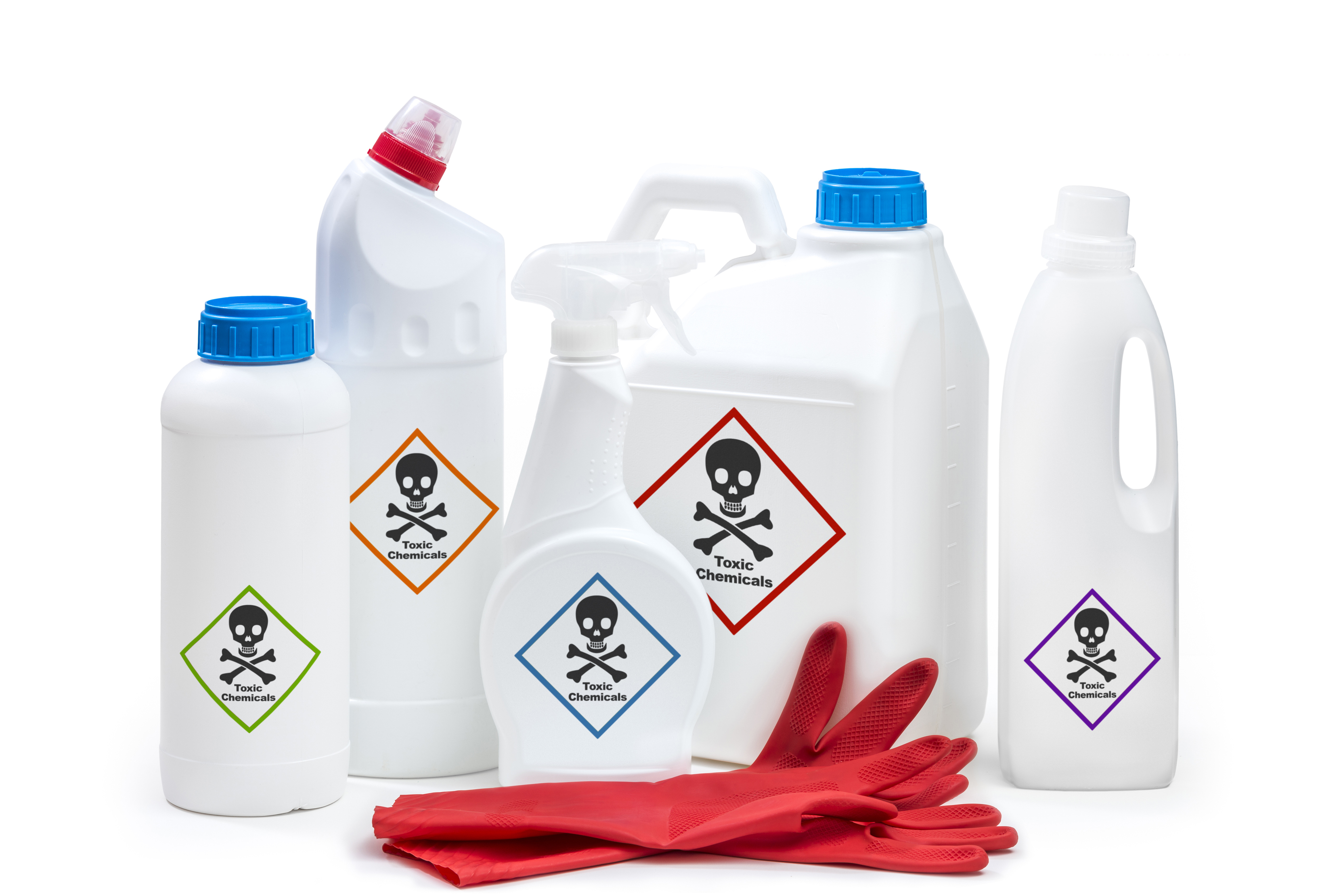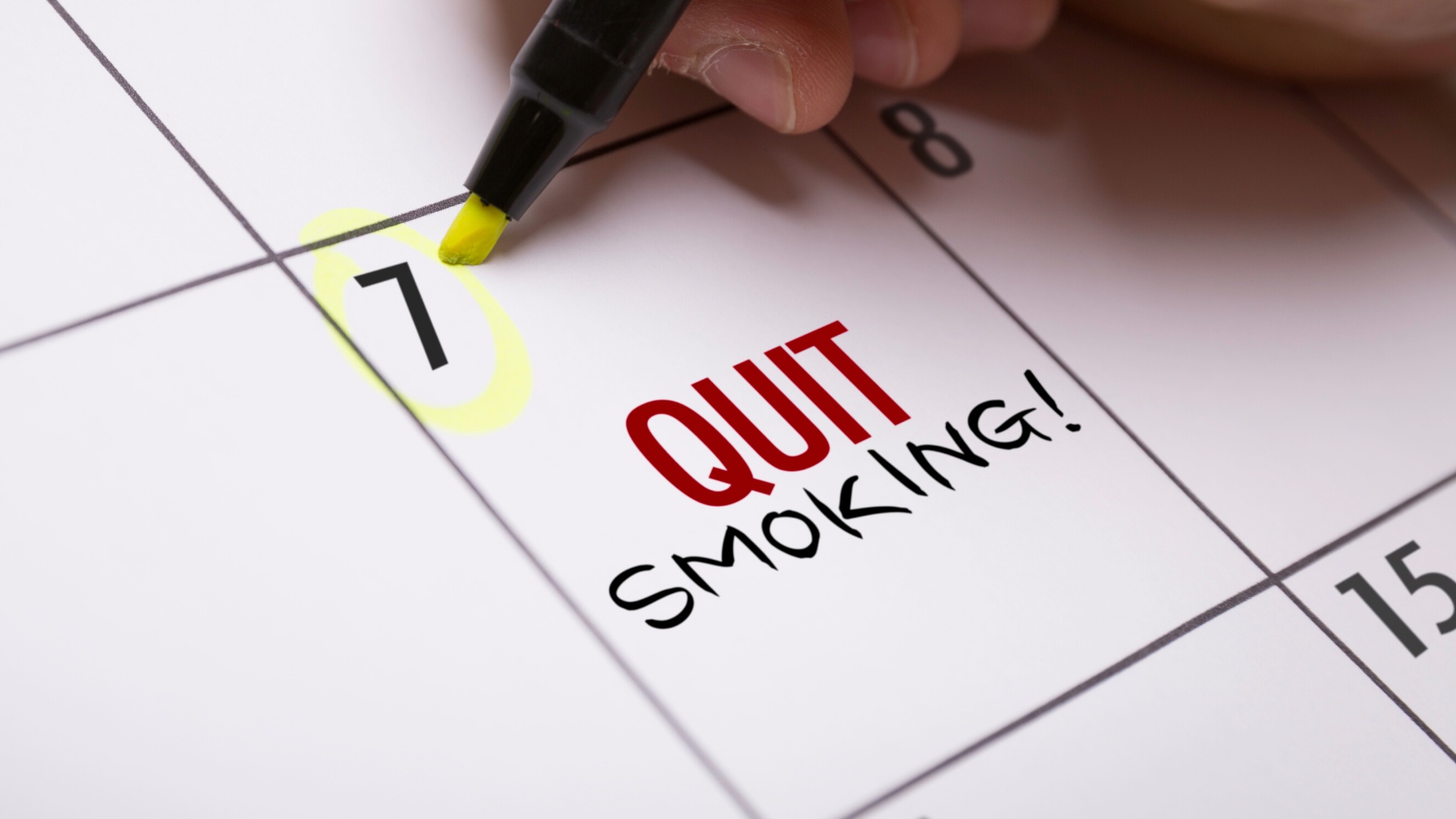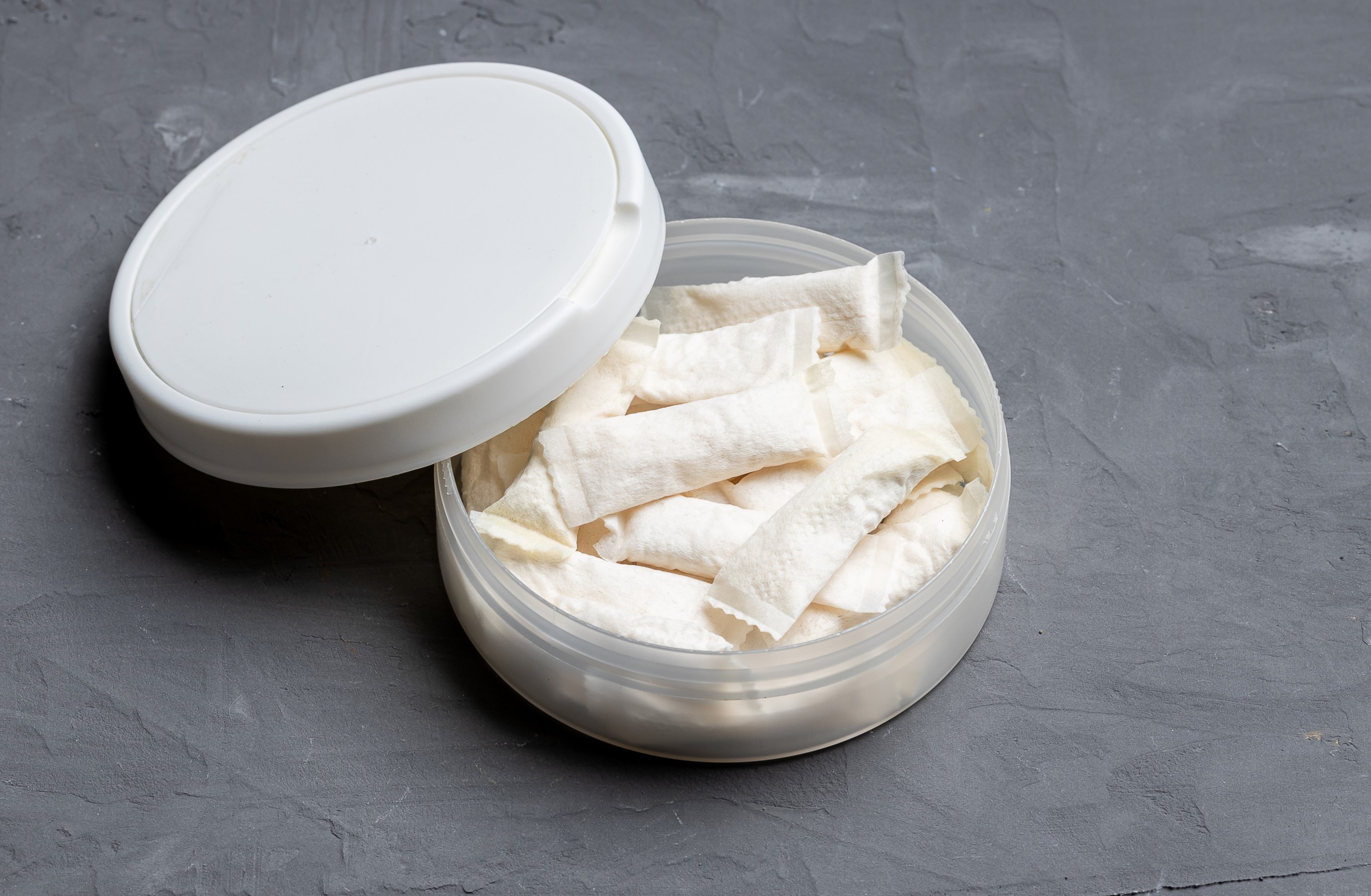Nicotine pouches are the latest product developed by the tobacco industry attempting to addict kids, teenagers and young adults to nicotine. The sale of these products has increased recently across multiple countries. You might be wondering what they are, or if it’s safe to use them. It's important to understand the facts, especially when it comes to your health and well-being. Let's dive into what you need to know about these products.

What are Nicotine Pouches?
Nicotine pouches are small, white, micro-fibre pouches that usually contain nicotine (either synthetic nicotine or tobacco-derived), flavourings and other ingredients. Users typically place these pouches between their gum and lip, allowing the nicotine to be absorbed into the bloodstream. These products are different to oral tobacco such as ‘snus’, as they do not contain tobacco ingredients (including leaf, stem or dust). Oral tobacco has been banned in Australia since 1991, you can find out more about it via Tobacco in Australia: Facts and Issues. In Western Australia, nicotine pouches are strictly regulated and cannot be legally sold from tobacconists, convenience stores, online (websites and social media) or any other general retailer.
Nicotine pouches come in a variety of flavours and can vary in strength. Early insights from the Generation vape study, reveal that young people use these products for socialising (festivals or parties), to enhance sports performance, and as a substitute for vaping. However, it's crucial to understand the risks of using these products.

What are the risks?
The evidence is emerging – but what we already know isn’t great.
Early analysis of these products shows they may contain very high levels of nicotine, with one study reporting levels approaching 50mg per pouch. The same study found that nicotine pouches may also contain cancer-causing tobacco-specific nitrosamines. Another lab test of 48 different products found that these pouches contained 186 chemicals besides nicotine. Eight of the chemicals identified were classified as hazardous materials such as methyl eugenol, benzophenone, and β-myrcene, which may cause cancer. A recent French study revealed the presence of up to five different heavy metals, with all pouches containing up to 6.5 times the amount of arsenic found in cigarettes. The levels of nicotine can vary dramatically from the advertised amount, with this addictive substance leading to a large array of potential health impacts.

Nicotine use can lead to:
• Impacts on brain development: Brain development continues until about the age of 25. Nicotine can harm the development of brain functions involving learning, memory, attention, impulse control and emotional regulation. Developing brains are more sensitive to nicotine, placing children and young people at even greater risk of addiction than adults.
• Nicotine dependence and withdrawal: Especially for young people, nicotine use can quickly lead to dependence. Withdrawal symptoms can include cravings, irritability, anxiety, trouble concentrating, and difficulty sleeping.
• Other health impacts: Nicotine use can cause symptoms such as dizziness, nausea or diarrhoea, especially for new users or those using higher nicotine strengths, or even seizures due to nicotine toxicity. This can result in serious trauma to the brain, body or even death in some cases.
What are the health impacts?
Research on the long-term health effects of nicotine pouch use is currently lacking as they have been on the market for such a short time; however, given what we already know about the impacts of nicotine use and the hazardous chemicals found within the pouches, their use is not recommended.
.gif)
What if I’m using them to quit smoking?
Nicotine pouches are not an approved method for quitting smoking or vaping in Australia. Here’s why:
• Their quality, safety and efficacy are unknown, therefore there is no regulatory approval for use: Unlike traditional Nicotine Replacement Therapies (NRTs) such as patches, lozenges, and gums, nicotine pouches are illegal to sell, and have not been evaluated or approved for quality, safety, and efficacy by the Therapeutic Goods Administration in Australia. This means there are no independent assessments of what they contain or how safe they are.
• There is no strong evidence that nicotine pouches help people quit smoking or vaping. In fact, there are concerns they might potentially hinder quit attempts by enabling dual use, such as cigarette smoking outside and use of nicotine pouches indoors.
If you're looking to quit smoking or vaping, it's best to speak to your doctor or a healthcare professional about evidence-based quit smoking methods. These include approved NRTs and behavioural support, which have been proven safe and effective. For more help on quitting nicotine or tobacco products for good, check out our quit methods page on our website.
Tactics used by the tobacco industry to manipulate the public
Many brands of nicotine pouches are made by big tobacco companies. There are growing concerns about how the industry markets nicotine pouches, particularly towards young people.

Some of the harmful tactics observed include:
• Appealing flavours: Just like with tobacco and e-cigarettes, nicotine pouches come in a variety of appealing flavours like mint or fruit that can lure young people into trying them.
• Social media marketing: It is evident that nicotine pouches being marketed to young people on platforms such as TikTok using content creators to promote their products.
• Blurring the lines with cessation: Multi-national tobacco companies have refashioned some of their brands to appear more pharmaceutical-like, trying to legitimise ‘medical research’ via overseas regulatory agencies. This is not a sincere approach to protect the public, but instead may confuse people into thinking these pouches could be an effective method for quitting smoking. This could direct people away from safe and approved tobacco cessation aids such as Nicotine Replacement Therapy. It's crucial to understand these tactics and to approach claims about nicotine pouches with caution. The primary goal of the industry is to hook new users, to find replacement smokers, and maintain nicotine dependence, not promote public health.
Wanting to quit nicotine?
If you are looking to quit smoking or vaping, seeking advice from healthcare professionals is always the best course of action. For more information on quitting nicotine, please check out our page on quit methods.


.webp)



.jpg)
.jpg)






